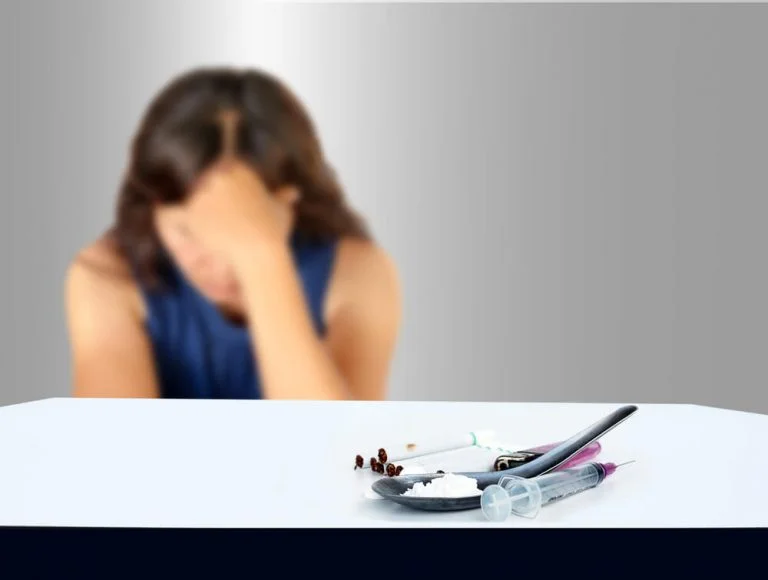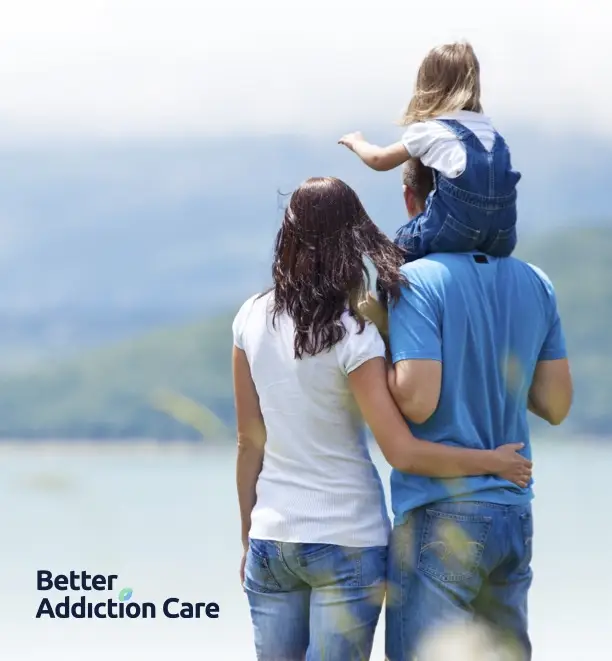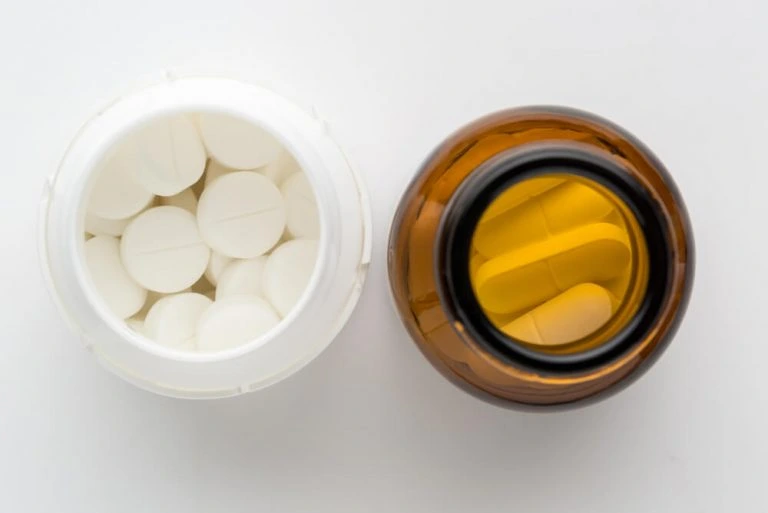Opiate Addiction Recovery Statistics
Around 560,000 Americans are addicted to heroin, and another two million are addicted to prescription opiate painkillers like Vicodin or OxyContin. Opiate addiction has reached epidemic levels in the U.S., and overdoses claim 115 lives every single day. Overcoming an opiate addiction isn’t easy, but then, neither is being addicted to opiates. Opiate addiction recovery statistics show that opiate relapse rates are a little higher than the 40 to 60 percent relapse rate seen with other addictions. But that doesn’t mean treatment won’t help you recover for the long-term. There are a number of things you can do to improve your chances of successful recovery, and getting professional help is the most important.

Recovering from opiate addiction is hard work, but opiate addiction recovery statistics show that the hard work pays off in a higher quality of life.
Are You Addicted to Opiates?
Opiate addiction changes the physical structures and chemical functions of the brain. It’s characterized by compulsive opiate abuse despite the negative consequences it causes. Addiction is progressive, which means that it grows worse with time, and it’s chronic, which means that while the addiction can be sent into remission, using after a period of recovery can lead back to compulsive use despite negative consequences.
Dependence isn’t the same thing as addiction. Dependence is characterized by opiate addiction withdrawal symptoms that set in when you stop using opiates. Opioids produce a high level of tolerance very quickly. This means that you need increasingly larger doses of opioids as your brain compensates for the presence of the drug by changing its chemical function. But the higher the doses you take, the more your brain compensates. At some point, brain function may shift so that it now operates more comfortably when opiates are present. Then, when you suddenly stop using, normal brain function rebounds, and this produces opiate addiction withdrawal symptoms.
Opiate addiction and dependence are diagnosed under the umbrella of an opiate use disorder, based on eleven criteria. Meeting two or three criteria indicates a mild opiate use disorder. Four or five criteria denote a moderate disorder, and meeting six or more indicates a severe disorder. The criteria for opiate use disorder are:
- Using opiates for longer periods of time or in larger amounts than you intended.
- Wanting to quit or cut down but finding you can’t.
- Spending excessive amounts of time seeking, using, and recovering from using opiates.
- Experiencing intense cravings that make it hard to think of anything else.
- Continuing to use opiates even though they’re causing problems at home, work or school.
- Continuing to use opiates even though they’re causing problems with your relationships.
- Losing interest in activities you once enjoyed.
- Repeatedly using opiates in physically dangerous situations or engaging in high risk behaviors while under the influence.
- Continuing to use opiates even though they’re causing new or worsened symptoms of physical or mental illness.
- Developing tolerance wherein you need larger amounts of opiates to get the same effects smaller amounts once produced.
- Experiencing withdrawal symptoms when you quit using cold-turkey.
Opiate addiction recovery statistics show that engaging in a treatment program through a high quality opiate addiction rehab center dramatically improves your chances of long-term recovery.
Treatment Works
An inpatient opiate addiction rehab center program that takes a holistic approach to treatment offers the best possible outcomes, according to the Substance Abuse and Mental Health Services Administration. A holistic treatment program addresses multiple issues of body, mind, and spirit for whole-person healing. Through a variety of traditional and complementary therapies, a high quality treatment program helps you:
- Identify and change self-destructive thought and behavior patterns.
- Develop essential coping skills for handling stress, cravings, negative emotions and other triggers.
- Address a range of underlying issues, which may include chronic stress, a co-occurring mental illness, or a history of trauma.
- Repair damaged relationships and restore function to the family system.
- Learn to relax and have fun without opiates.
- Find purpose and meaning in a life of sobriety.
Treatment works for most people who engage fully with their treatment program and stay in treatment for an adequate amount of time. According to the National Institute on Drug Abuse, anything less than 90 days is of limited effectiveness. That’s because just as it takes time to develop the unhealthy thought and behavior patterns that characterize addiction, it takes time to re-learn healthy ways of thinking and behaving.
If you or someone you love is addicted to opiates, there is hope. Opiate addiction recovery statistics show that recovery is possible with the right treatment program. Better Addiction Care can help you find a high quality program that meets your needs so that you can end the addiction for good and enjoy a higher quality of life for the long-haul.
If you or a loved one is struggling with addiction, get help right away. Make a phone call that will connect you to a professional drug treatment center. The call you make may save your life or the life of someone you love. Call us today at (800) 429-7690.





